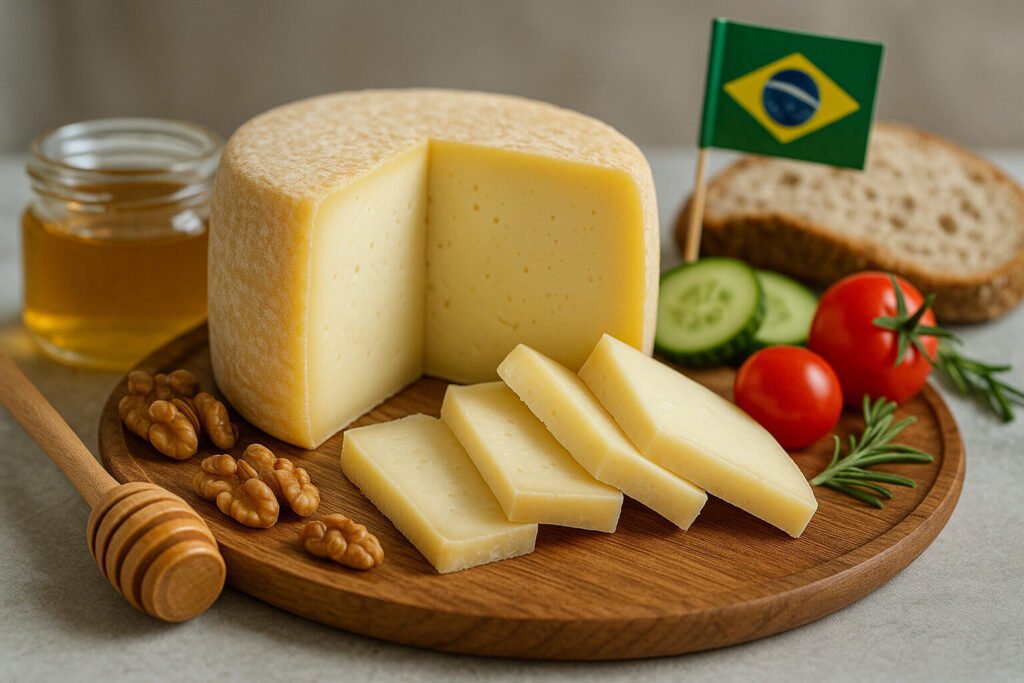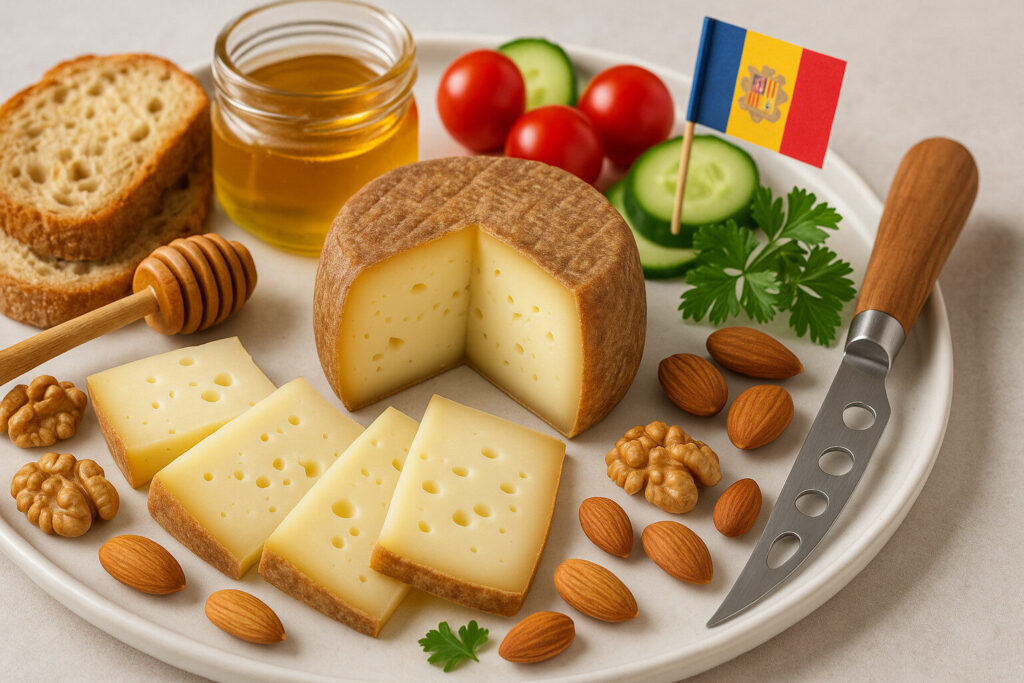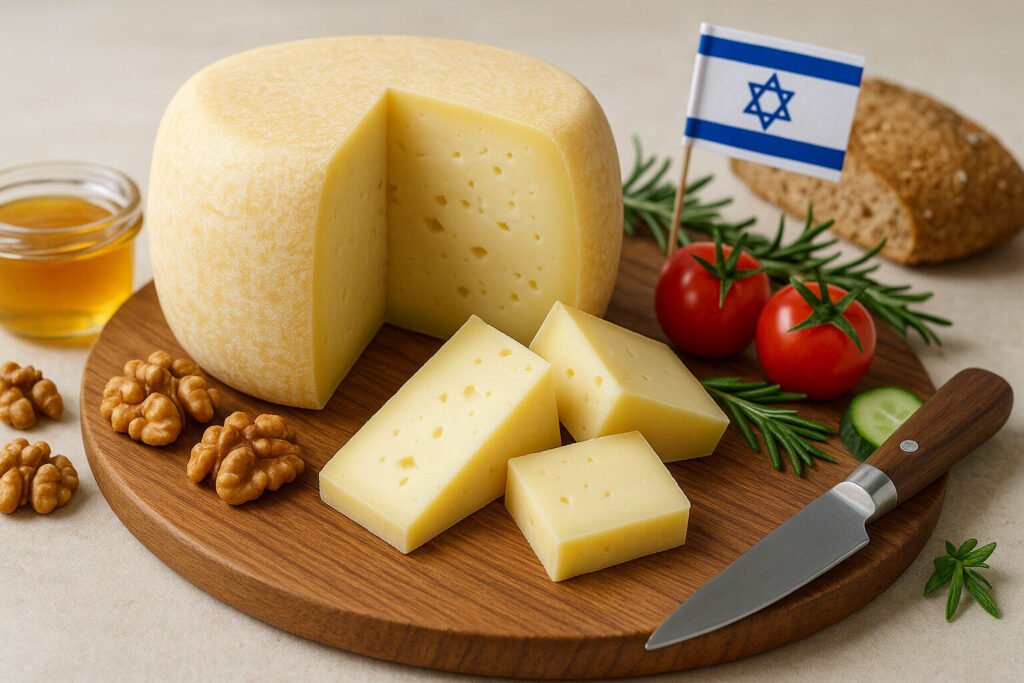Rustic Cheese
Defining Rustic Cheese
Rustic cheese refers to varieties made using traditional methods that emphasize natural expression over uniformity. These cheeses often exhibit visible signs of artisanal handling, such as irregular shapes, natural rinds, and variations in texture. The term encompasses a broad range of milk types and regional styles united by their handmade character.
This category includes farmstead productions where milk sourcing, crafting, and aging occur on-site. Rustic cheeses are distinguished from industrial counterparts by their smaller batches and minimal mechanical intervention. They reflect the specific environmental conditions and aging environments in which they develop.
Production Techniques
Rustic cheese production typically involves raw or minimally processed milk to preserve native microbial flora. Cheesemakers employ hands-on techniques like manual curd cutting, cloth-bound pressing, and natural brine washing. These methods create unique structural characteristics that cannot be replicated through automated systems.
Aging occurs in natural environments such as caves or cellars with fluctuating humidity and temperature. This process encourages complex rind development through natural mold and bacterial growth. The resulting cheeses demonstrate the terroir of their production region through distinctive flavor evolution.
Sensory Characteristics
Rustic cheeses present complex aromatic profiles ranging from earthy and barnyard notes to herbal and fungal undertones. Their textures vary from crumbly and crystalline to supple and unctuous depending on aging duration. Visual characteristics include natural mold blooms, ash coatings, and irregular coloration patterns.
Flavor profiles often feature pronounced umami and savory qualities alongside balanced acidity and saltiness. These cheeses typically develop greater depth and nuance than their standardized counterparts. The sensory experience evolves throughout the aging process and continues to develop after cutting.
Culinary Applications
Rustic cheeses serve as centerpiece items on cheese boards where their visual appeal and complex flavors can be appreciated. They pair exceptionally with crusty breads, whole grain crackers, and fruit preserves that complement their robust character. These cheeses often benefit from being served at cellar temperature to fully express their aromatic qualities.
In cooking, rustic cheeses add depth to sauces, gratins, and baked dishes where their melting properties contribute to textural complexity. They work particularly well in recipes that highlight their distinctive mold-ripened or washed-rind characteristics. Many chefs value them for providing authentic, terroir-driven flavors to culinary creations.
Regional Examples
French rustic cheeses include Tomme de Savoie with its natural gray rind and semi-firm texture, and Cantal Entre-Deux with its earthy, robust flavor. Italian examples encompass Pecorino di Fossa, aged in underground pits, and Ragusano, traditionally bound with rope and shaped like a spindle. These regional specialties demonstrate how local traditions shape rustic cheese characteristics.
English rustic varieties include cloth-bound Cheddar with its earthy notes and natural mold development, and Stichelton with its rustic rind and creamy texture. Spanish examples feature Cabrales, cave-aged in natural limestone caves, and Idiazábal, smoked over hawthorn fires. Each reflects specific geographical conditions and centuries-old production methods.



